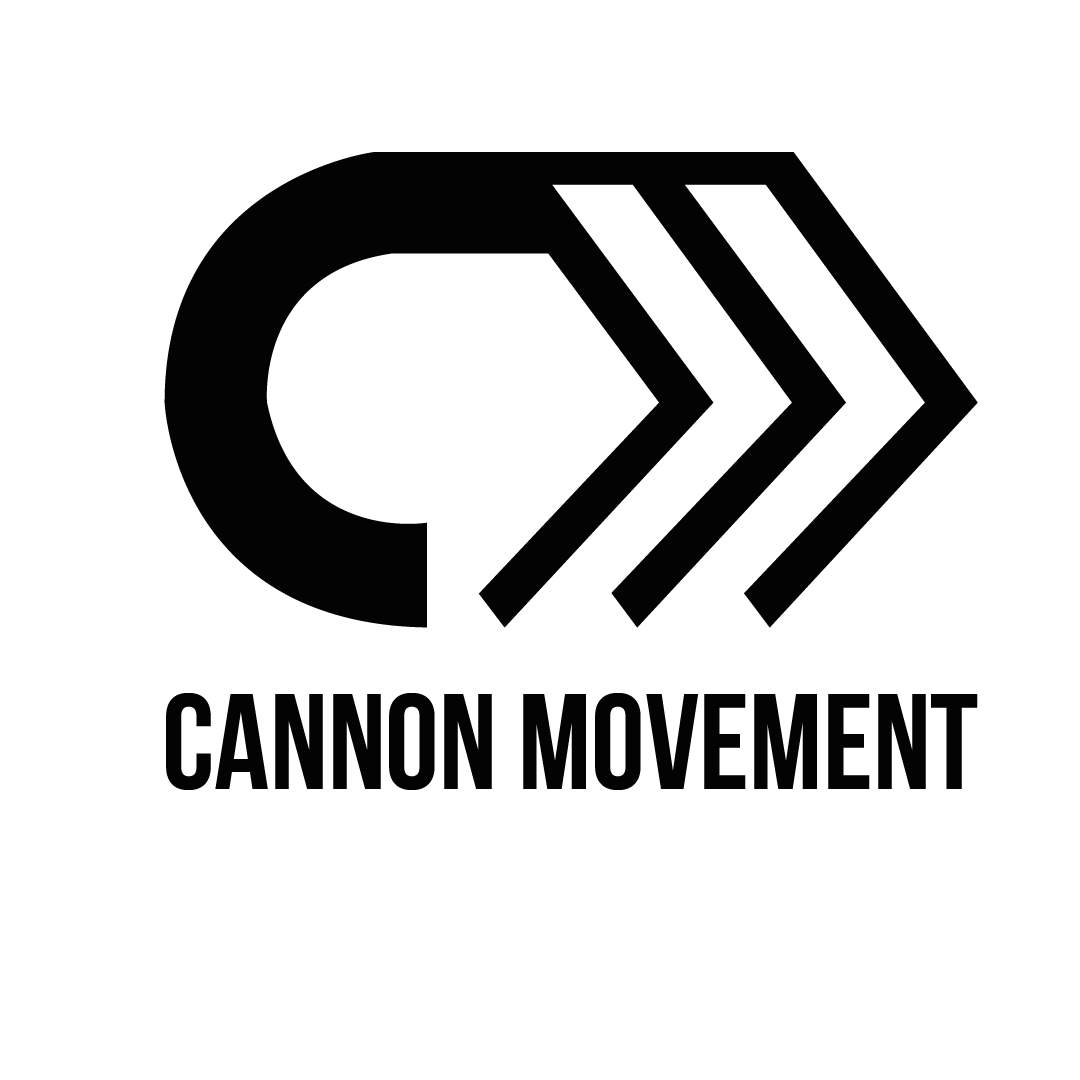After 120 years in business Sprint went from over 58 MILLION customers at their peak paying them monthly to completely gone.
After 120 years in business Sprint went from over 58 MILLION customers at their peak paying them monthly to completely gone. Let’s talk about a few of the reasons why…
In 2005, Sprint merged with Nextel in a $35 billion deal that was supposed to create a powerhouse. Instead, it became one of the worst mergers in corporate history.
Quick history lesson so you understand what happened here: Nextel had about 15–20 million customers and dominated the business sector at the time of the merger. Their customers were extremely loyal and loved the push-to-talk feature (It was like walkie talkie functionality everywhere), but they used a completely different technology called iDEN. This was the beginning of the end for Sprint.
📌 Lesson: They looked solely at scale and volume and completely overlooked the technology and the details. Pay attention to the details.
Next came the fallout, customers started dealing with nonstop issues as services stopped working properly. Sprint had to maintain multiple infrastructures at once(CDMA and iDEN) burning billions "unexpectedly" just to keep things running. Within a few years, they wrote off over $30 billion in losses tied directly to the merger.
📌 Lesson: Complexity kills profits. Growth without integration is just chaos at scale. Then came another costly mistake. Around 2008, Sprint invested more than $5 billion into building a new 4G network using a technology called WiMAX through its Clearwire partnership. The plan was to beat Verizon and AT&T to 4G speeds and reclaim market leadership. It worked briefly, but the rest of the world standardized on LTE, not WiMAX.
That decision left Sprint with a network that few phones supported and that couldn’t expand efficiently nationwide. By 2011, Sprint had to scrap WiMAX and start over with LTE from the ground up, costing them billions more and valuable time. By then, Verizon already covered over 200 million customers with LTE, while Sprint was still rebuilding.
📌 Lesson: Being first doesn’t matter if you’re moving in the wrong direction.
Around this same time, Sprint was also investing heavily in something no one else was doing with in store techs. Which personally I'm happy they did because I got to meet Scott and Thurman who were techs while I was at Sprint and were hilarious. Back to the story though, by 2008 every Sprint store had techs. It was supposed to give customers a better experience and faster repairs, but it came at a high cost. Especially during a time where they were already BLEEDING customers.
Sprint spent an estimated 100 to 130 million dollars every year keeping these repair centers staffed and stocked. Meanwhile, Verizon, AT&T, and T-Mobile partnered with Asurion to handle repairs off site for a fraction of the cost. Sprint carried the payroll, parts, and overhead, while its competitors scaled leaner and faster.
📌 Lesson: Great service doesn’t mean doing everything yourself. Efficiency beats effort every time. Then came years of failed campaigns and leadership turnover. From Gary Forsee (2003–2007) to Dan Hesse (2007–2014), Marcelo Claure (2014–2018), and Michel Combes (2018–2020), each promised a turnaround, but none fixed the foundation.
SoftBank acquired a majority stake in 2013 for $21.6 billion and invested over $20 billion more in network upgrades and marketing. It wasn’t enough to undo years of mismanagement and bad bets.
📌 Lesson: You can’t fund your way out of bad fundamentals.
By 2020, Sprint officially merged with T-Mobile, and the Sprint name was gone for good. After more than 120 years in business, the brand that once helped shape wireless communication disappeared completely.
📌 Lesson: Vision delayed becomes vision denied.
Sprint was born from innovation but ultimately died from integration failure. Sometimes the fall isn’t from a bad idea, it’s from never adapting a good one.
Did you ever have Sprint back in the day? I actually worked for Sprint back in the day and have good memories from my time there. #BusinessBreakdown #business #entrepreneurmindset #businesslessons

